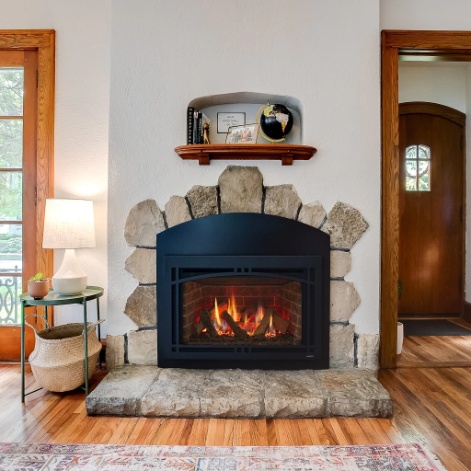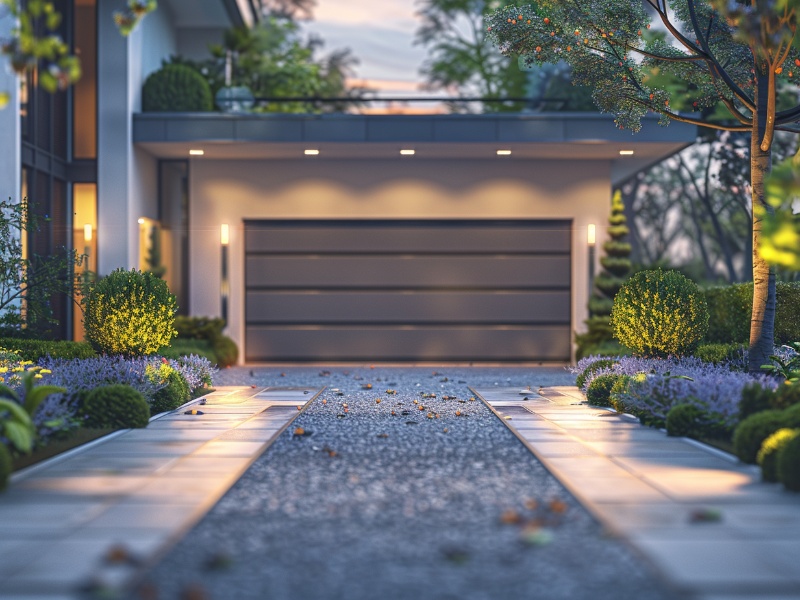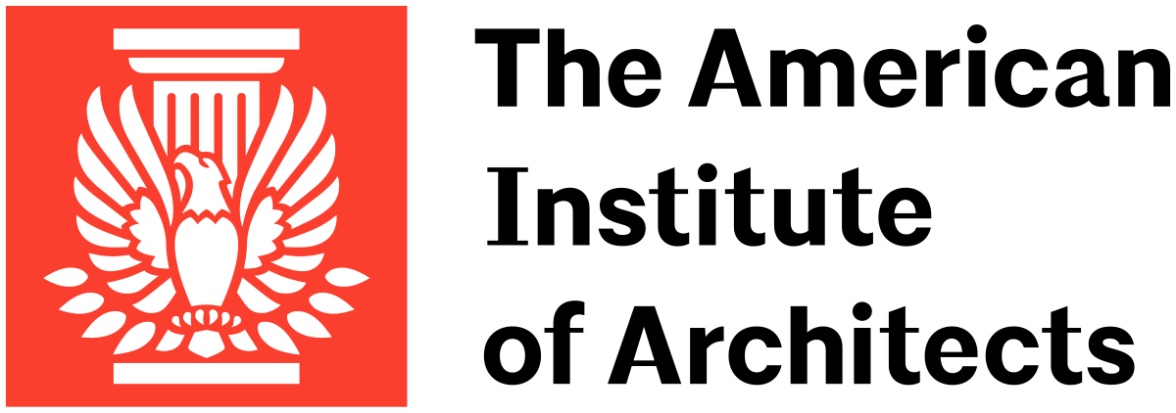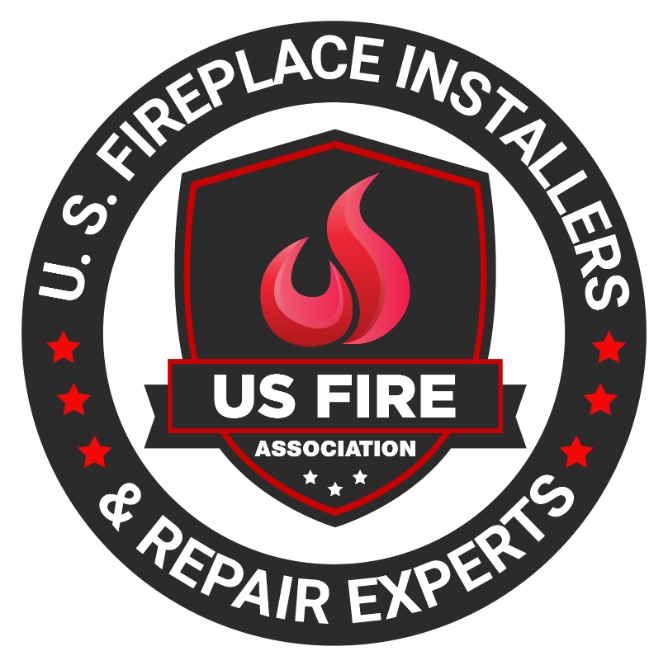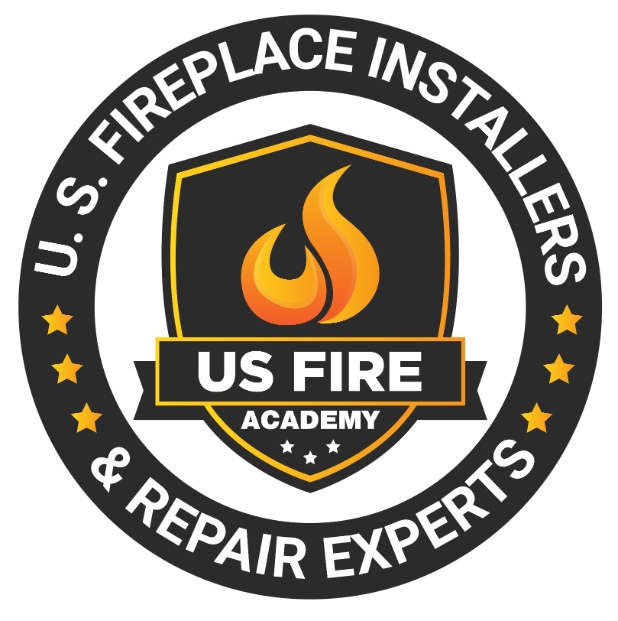Table of Contents
Marble fireplace surrounds are a beautiful addition to any home, adding an elegant touch to the room.
Over time, they can be susceptible to chipping due to various factors.
Explore the common causes of chipping on marble fireplace surrounds, how to prevent damage, and what to do if your surround is already chipped.
Learn how to maintain a repaired surround and when it’s time to call in a professional.
Get expert tips on keeping your marble fireplace surround looking its best!
What Causes Chipping on Marble Fireplace Surrounds?
Chipping on marble fireplace surrounds can occur due to various factors such as impact damage, chemical damage, age, and wear.
These issues not only compromise the aesthetics of the fireplace but also impact the overall interior design of the space.
Impact damage, for instance, can happen when heavy objects are accidentally dropped on the marble surface, causing chips and cracks.
Chemical damage from harsh cleaning products or acidic substances can eat away at the marble, leading to unsightly blemishes.
Over time, the natural aging process and regular wear and tear can also contribute to the deterioration of the fireplace surround.
It is crucial to address these factors promptly to maintain the pristine condition of the surround and preserve the beauty of the space.
Impact Damage
Impact damage is one of the primary causes of chipping on marble fireplace surrounds.
Whether from accidental knocks or heavy objects striking the surface, these incidents can result in noticeable chips that require immediate attention.
Such chipping can detract from the aesthetic appeal of the fireplace surround and compromise its structural integrity.
Thankfully, repairing these chips is a feasible task that can be undertaken with the right tools and techniques.
DIY repair kits specifically designed for marble surfaces are readily available and can help fill in the chipped areas seamlessly.
For more extensive damage or for those lacking experience in such repairs, seeking professional help is advisable to ensure a flawless restoration job.
Chemical Damage
Chemical damage to marble fireplace surrounds can result from harsh cleaning agents or acidic substances coming into contact with the surface.
Over time, these chemicals can weaken the marble and lead to chipping and discoloration.
To maintain the pristine beauty of marble fireplace surrounds, it is essential to adopt gentle cleaning practices.
Opt for pH-neutral cleaners or mild soap solutions when cleaning marble surfaces.
Avoid using abrasive tools or harsh chemicals that can etch or corrode the marble.
Applying a protective sealant to the marble can create a barrier against potential damage. Regularly inspect the fireplace surround for any signs of wear or discoloration, addressing them promptly to prevent further deterioration.
Age and Wear
As marble fireplace surrounds age, they may start to show signs of wear, including minor imperfections and surface damage.
These age-related issues can detract from the visual appeal of the fireplace and the overall aesthetics of the room.
The natural aging process of marble can cause the surface to lose its shine and smoothness, making it prone to scratches, stains, and discoloration.
To rejuvenate the appearance of the fireplace surround, refurbishment techniques such as polishing, sealing, and professional cleaning can be employed.
Regular maintenance practices like gentle cleaning with a damp cloth, using pH-neutral cleaners, and avoiding harsh chemicals or abrasive tools can help preserve the marble’s beauty and extend its lifespan.
By taking proactive steps, homeowners can keep their marble fireplace surrounds looking elegant and well-maintained for years to come.
How to Prevent Chipping on Marble Fireplace Surrounds?
Preventing chipping on marble fireplace surrounds requires proactive maintenance and the implementation of protective measures to safeguard the surface from potential damage.
Regularly cleaning the marble fireplace surround with a soft cloth and mild, non-abrasive cleaner can help to prevent dirt and debris buildup that could lead to scratching.
Applying a protective sealant to the marble surface can provide an extra layer of defense against chipping and staining.
It’s also advisable to avoid placing sharp or heavy objects directly on the marble surround to minimize the risk of accidental damage.
By taking these preventive measures and adopting a routine maintenance schedule, homeowners can prolong the beauty and integrity of their marble fireplace surrounds.
Regular Maintenance and Cleaning
Regular maintenance and cleaning play a crucial role in preserving the pristine condition of marble fireplace surrounds.
By adhering to a consistent upkeep routine, homeowners can prevent common issues such as chipping and discoloration.
It is recommended to dust the marble surround regularly with a soft, dry cloth to remove any surface debris.
For weekly cleaning, a mixture of mild dish soap and warm water can be used to gently wipe down the surface, followed by a thorough rinse with clean water.
To maintain the marble’s natural shine, consider applying a marble-specific polish once a month.
In case of minor scratches or dull spots, a marble restoration kit can help in renewing the surface’s luster and appearance.
Use Protective Measures
Implementing protective measures like sealing the marble surface with a high-quality sealant can significantly reduce the risk of chipping on fireplace surrounds.
These coatings act as a barrier against potential damage from external factors.
By applying a sealant, you not only protect the natural beauty of the marble but also safeguard it from stains, scratches, and discoloration.
When choosing a sealant, opt for one specifically designed for marble surfaces to ensure maximum effectiveness.
It’s recommended to select a penetrating sealant that bonds with the marble rather than just sitting on the surface.
Before application, thoroughly clean the marble fireplace surround and allow it to dry completely.
Apply the sealant evenly using a clean cloth or brush, following the manufacturer’s instructions for the best results.
What to Do if Your Marble Fireplace Surround is Chipped?
If your marble fireplace surround is chipped, prompt action is essential to repair the damage and restore the surface to its original state.
By following the right repair techniques, you can address the chipped areas effectively.
The first step in repairing a chipped marble fireplace surround is to gather all the necessary materials.
You will need a marble repair kit that includes epoxy adhesive, putty knife, sandpaper, and color-matching pigment. T
hese materials can usually be found at hardware stores or specialized marble suppliers.
Once you have the materials, carefully assess the damage to determine the extent of the chipping and gather any loose marble flakes that may have come off.
Matching the color of the repair material to your marble is crucial for achieving seamless results, so take your time to find the closest match.
Assess the Damage
Before initiating any repair work on a chipped marble fireplace surround, it is crucial to assess the extent of the damage.
This assessment helps in determining the appropriate repair techniques and materials required.
One of the key aspects to consider during the assessment is the type of damage present.
Common types of damage on marble fireplace surrounds include chips, cracks, stains, and etching.
Chips are small pieces of marble that have broken off the surface, while cracks are visible lines or fractures.
Stains can be caused by spills or chemical reactions, and etching refers to dull spots caused by acidic substances.
By thoroughly inspecting and identifying the specific type of damage, you can plan a targeted and effective repair strategy to restore the fireplace surround to its original beauty.
Gather Necessary Materials
To repair a chipped marble fireplace surround effectively, gather all the necessary materials and tools beforehand.
Having the right repair kit and following detailed instructions can ensure a successful restoration process.
Chipped marble fireplace surround repair typically requires materials such as epoxy adhesive, putty knife, fine grit sandpaper, cleaning solution, gloves, and a soft cloth.
When choosing a repair kit, opt for one specifically designed for marble repairs to guarantee the best results.
Prioritize selecting a color-matching kit to ensure seamless blending with the existing marble surface.
Before starting the repair, clean the chipped area thoroughly and make sure it is dry.
Apply the epoxy adhesive as per the instructions, aligning the chipped piece correctly for a smooth finish.
Once the adhesive sets, sand the area lightly and polish it to match the surrounding marble surface.
Repair the Chip
Repairing the chip on a marble fireplace surround involves carefully filling the damaged area and blending the repair seamlessly with the surrounding surface.
This touch-up process requires precision and attention to detail.
First, gather the necessary materials, including a marble repair kit, sandpaper, a putty knife, and a microfiber cloth.
Begin by cleaning the chipped area with a mild soap and water, then allow it to dry completely.
Use the putty knife to apply the marble repair compound to the chip, ensuring it fills the void completely.
Once the compound dries, gently sand the area to achieve a smooth finish.
Buff the entire surface with a cloth to blend the repair seamlessly with the rest of the marble.
Polish and Seal the Surround
After repairing the chip on a marble fireplace surround, polishing and sealing the entire surface can enhance its luster and durability.
These finishing touches provide added protection and contribute to the overall aesthetic appeal of the fireplace.
To achieve a smooth and glossy finish post-repair, it is crucial to select the right protective coatings for your marble fireplace surround.
Opt for high-quality sealants specifically designed for marble to ensure long-lasting results.
Once the polishing process is complete, apply a sealant to protect the surface from stains, moisture, and scratches.
Regular maintenance is key to preserving the newly restored appearance – simply clean the surface with a mild soap and water solution and avoid harsh chemicals that could damage the sealant over time.
How to Maintain a Repaired Marble Fireplace Surround?
Maintaining a repaired marble fireplace surround involves regular cleaning and care to preserve the restored surface.
By implementing protective measures and following maintenance tips, homeowners can extend the lifespan of the repair.
To prevent damage, it is recommended to use coasters or trivets under any hot items placed on the marble surface to avoid direct contact with heat that could potentially harm the repaired area.
Avoid using harsh cleaning agents or abrasive materials that may scratch or deteriorate the marble finish.
Periodic dusting with a soft, microfiber cloth and gentle wiping with a damp cloth using a mild soap solution can help maintain the cleanliness and shine of the marble fireplace.
Regular inspection for any signs of wear or damage is also essential for timely repairs and upkeep.
Regular Cleaning and Maintenance
Regular cleaning and maintenance are essential components of preserving the beauty and integrity of a repaired marble fireplace surround.
By incorporating these routines into your upkeep schedule, you can prevent future damage and maintain the refurbished surface.
Utilizing gentle cleaning agents specifically formulated for marble surfaces is crucial to avoid any potential harm to the repaired area.
When cleaning the surround, opt for mild soap and warm water, gently wiping the surface with a soft cloth to remove dust and dirt.
Performing regular polishing using a high-quality marble polish can help restore shine and protect the surface from wear and tear.
For more extensive damage, consider refinishing the marble by hiring a professional to ensure the fireplace surround remains in pristine condition.
Use Protective Measures
Implementing protective measures like sealing the marble surface with a high-quality sealant can significantly reduce the risk of chipping on fireplace surrounds.
These coatings act as a barrier against potential damage from external factors.
In addition to preventing chipping, using a protective sealant on marble fireplace surrounds can also enhance their overall durability and resistance to wear over time.
When selecting a sealant, opt for a product specifically designed for natural stone surfaces to ensure maximum efficacy.
Prior to application, it is crucial to clean the marble thoroughly to remove any dirt or debris that could affect the adherence of the sealant.
Following the manufacturer’s instructions, apply the sealant evenly using a clean cloth or brush, and allow sufficient drying time for optimal protection.
When to Call a Professional?
Knowing when to call a professional from Dreifuss Fireplaces for marble fireplace surround repair and maintenance is crucial, especially when dealing with extensive damage or intricate restoration work.
Seeking expert advice can ensure the best results and long-term solutions for your fireplace.
In situations where the marble fireplace surround has significant cracks, chips, or discoloration, hiring a restoration specialist becomes imperative.
These professionals have the expertise to assess the extent of the damage accurately and recommend the most appropriate repair methods.
Intricate designs or historical features on the marble require a delicate touch and specialized knowledge that only a professional can provide.
By entrusting the restoration to a Dreifuss Fireplaces, homeowners can avoid costly mistakes and further damage to their prized fireplace surrounds.
Frequently Asked Questions
1. What causes chipping on marble fireplace surrounds?
Chipping on marble fireplace surrounds can occur due to factors like impact damage, chemical exposure, age, and wear. Impact damage happens when heavy objects strike the surface. Chemical exposure from harsh cleaners or acids can erode the marble. Age and regular use can also lead to deterioration.
2. How to prevent chipping on marble fireplace surrounds?
Prevent chipping by regularly cleaning with a soft cloth and mild cleaner. Apply a protective sealant to the marble surface. Avoid placing heavy or sharp objects on the marble. Implementing these measures helps maintain the surface and prevent damage.
3. What to do if your marble fireplace surround is chipped?
If your marble fireplace surround is chipped, repair it promptly. Assess the damage and gather necessary materials like a marble repair kit. Clean the area, apply the repair compound, sand it smooth, and polish the surface to blend with the surrounding marble.
4. How to maintain a repaired marble fireplace surround?
Maintain a repaired marble fireplace surround by regular cleaning and dusting with a soft cloth. Use pH-neutral cleaners and avoid abrasive materials. Periodically apply a marble-specific polish and sealant to protect the surface and maintain its shine.
5. When to call a professional for marble fireplace surround repair?
Call a professional from Dreifuss when dealing with significant damage, such as large cracks, extensive chips, or intricate restoration work. Dreifuss the expertise and tools to handle complex repairs and ensure the marble is properly restored.
6. How to protect marble fireplace surrounds from future damage?
Protect marble fireplace surrounds by sealing the surface with a high-quality sealant. Use coasters or trivets under hot items. Avoid using harsh chemicals and abrasive cleaners. Regularly inspect the marble and address any signs of wear promptly to prevent further damage.
Latest Articles

What Is An NG (Natural Gas) Indicator And Why You Need It For Your Fireplace
Table of Contents1 Understanding Natural Gas Fireplaces2 What is an NG Indicator?3 Importance of NG Indicators for Safety4 Types of NG Indicators5 Installation and Maintenance of NG Indicators6 Signs of a Faulty NG Indicator7 Frequently Asked Questions Natural gas fireplaces are a favored option among numerous homeowners due to their convenience and effectiveness. But, what is an NG (Natural Gas) indicator and why you need it for your fireplace? It is imperative to comprehend how they function and the significance of having an NG (Natural Gas) indicator for safety purposes. This article delves into the definition and significance of NG indicators. We will discuss the potential hazards associated with the absence of one and the various types of indicators accessible. Also, we will discuss installation and maintenance recommendations, and methods to recognize and rectify issues with malfunctioning indicators. Stay well-informed and ensure the safety of your home by referring to this exhaustive guide. Understanding Natural Gas Fireplaces Natural gas fireplaces serve as an efficient and convenient heating option for numerous households. They utilize natural gas as a fuel source to deliver consistent warmth and ambiance. How They Work and Why They Need NG Indicators The operation of natural gas fireplaces involves igniting natural gas to generate heat. This process requires diligent monitoring to ensure both safety and efficiency, a task facilitated by the use of NG indicators. NG indicators play a critical role in detecting potential gas leaks. They enable residents to promptly address and mitigate any associated hazards. Through continuous monitoring of gas levels and providing timely warnings and alerts, NG indicators uphold a secure indoor environment. It is imperative to ensure that these indicators function properly to facilitate the effective operation of natural gas fireplaces. This helps mitigate the inherent risks linked to gas leaks. What is an NG Indicator? An NG indicator is a specialized device equipped with advanced sensors and technology. It is specifically designed to detect natural gas leaks and monitor gas pressure in appliances, such as fireplaces. Definition and Purpose The NG indicator functions as a detector that monitors gas appliances for potential leaks. It provides essential functionality to ensure safety in households utilizing natural gas. These detectors play a crucial role in protecting residences by notifying occupants of dangerous gas leaks long before they escalate into perilous situations. Through continuous monitoring of gas levels in the vicinity, NG indicators offer an additional layer of protection. This is particularly important in properties that rely on gas-operated fireplaces or stoves. These devices not only help avert potential disasters but also enhance the overall peace of mind of homeowners. They assure them that their living spaces are equipped with reliable safety features. Importance of NG Indicators for Safety Natural gas indicators are essential for maintaining safety in households equipped with natural gas appliances. These devices serve as a proactive measure to promptly detect gas leaks. This offers homeowners a sense of security and assurance. Potential Dangers of Not Having an NG Indicator The absence of an NG indicator in residences equipped with natural gas appliances can pose significant hazards. This includes the risk of undetected gas leaks , carbon monoxide poisoning , and pilot outages that may lead to dangerous situations. These potential risks can profoundly impact indoor air quality. They directly influence the health and safety of individuals residing in the household. Undetected gas leaks can go unnoticed, gradually permeating the air and creating a potentially explosive environment. Insufficient ventilation from undetected exposure to carbon monoxide can lead to serious health complications. These range from mild symptoms such as dizziness to fatal poisoning. Without proper monitoring from an NG indicator, families are left susceptible to these concealed threats. This underscores the critical importance of implementing proactive measures to mitigate such risks. Types of NG Indicators Indicators for Natural Gas (NG) are available in diverse types. Each presents distinct detection capabilities tailored to specific requirements, encompassing both manual and automated alternatives. Manual vs. Automatic Indicators Manual NG indicators require user intervention for monitoring gas levels and identifying leaks. On the other hand, automatic indicators employ sophisticated technology to deliver continuous, real-time monitoring. This heightened efficiency and oversight enhance safety protocols. Conventional manual indicators rely on individuals to physically inspect and evaluate gas levels periodically. This renders them more susceptible to human errors. Conversely, automatic indicators feature sensors capable of promptly detecting even the most minute fluctuations in gas levels. This establishes a more dependable and precise monitoring mechanism. Automatic indicators can activate alerts and shut-off systems upon detecting a leak. This ensures immediate action to avert potential hazards. This advanced technology enhances safety protocols and instills a sense of command and assurance among users. Installation and Maintenance of NG Indicators The reliable and accurate performance of NG indicators necessitates proper installation and consistent maintenance. This often entails professional installation and adherence to recommended service guidelines. Proper Installation and Regular Maintenance Tips The proper installation of NG indicators involves adhering to the specifications in the user manual. Maintenance protocols entail strict adherence to a predetermined maintenance schedule to ensure sustained operational efficiency. During the installation phase, it is imperative to verify that the NG indicators are securely affixed in the designated location as stipulated by the manufacturer. Crucial steps include confirming power source compatibility and ensuring proper grounding of the device to optimize performance. Calibration of the indicator must be executed meticulously to ensure precise readings. Regarding maintenance, essential practices include regular inspection for signs of wear, thorough cleaning of the indicator components, and routine functionality tests. By allocating time to a consistent maintenance regimen, the NG indicator can operate with optimal efficiency over an extended duration. Signs of a Faulty NG Indicator Recognizing indicators of a malfunctioning NG indicator is essential for upholding safety and performance standards. Inaccuracies and detection issues can undermine the efficacy of these devices. Identifying and Addressing Issues The process of identifying and addressing issues related to NG (natural gas) indicators requires a systematic troubleshooting approach. This ensures their optimal performance

What You Need To Know About Gas Log Set Safety And Installation Considerations
Table of Contents1 Understanding Gas Log Sets2 Safety Considerations for Gas Log Sets3 Installation Guidelines for Gas Log Sets4 Maintaining and Troubleshooting Gas Log Sets5 Frequently Asked Questions Gas log sets are a favored option among homeowners seeking to enjoy the comfort and atmosphere of a conventional fireplace without the inconvenience of wood. This article tells you what you need to know about gas log set safety and installation considerations. Before incorporating one into your residence, it is imperative to understand the safety considerations associated with their use. This discussion delves into the potential hazards linked with gas log sets. It presents crucial precautions to uphold the safety of your home. Also, it outlines proper installation procedures and offers insight into common errors to avoid. Finally, it provides advice on maintenance and troubleshooting. Gain comprehensive knowledge on gas log set safety and installation considerations. Understanding Gas Log Sets Comprehending gas log sets is essential for individuals seeking to elevate their fireplace experience, and for gas lag set safety and installation. These heating appliances can operate on either natural gas or propane. In addition, they are available in a range of styles, including vented, ventless, and vent-free options. They provide an array of benefits and customization opportunities through various fireplace accessories. What are Gas Log Sets? Gas log sets are meticulously crafted artificial logs. They are designed to imitate the appearance and functionality of authentic wood logs within fireplaces. These gas log sets typically consist of ceramic or refractory concrete logs that have been skillfully molded and painted. This allows them to replicate the natural grain and texture of real wood. The logs are arranged in various configurations within the fireplace. They establish a realistic and welcoming ambiance. In addition to the logs, gas log sets often include fireplace accessories such as glowing embers. Accessories also include decorative stones, and even pine cones to enhance the overall aesthetic appeal. Homeowners can select from an array of placement options. These include traditional wood stack, cascading driftwood, or a contemporary geometric arrangement. Homeowners can align their preferred style and design preferences. Safety Considerations for Gas Log Sets Safety considerations for gas log sets are of utmost importance to guarantee a secure and pleasant fireplace experience. It is essential to address potential hazards such as carbon monoxide exposure, gas leaks, and fire safety to maintain a safe environment for homeowners. Potential Hazards and Precautions Gas log sets come with potential hazards that must be taken seriously, including the risks of gas leaks, carbon monoxide poisoning, and fire incidents. It is imperative to establish and adhere to rigorous safety measures to ensure the well-being of individuals and properties involved in the use of gas log sets. Gas leaks represent a significant hazard when utilizing gas log sets. They can result in the accumulation of combustible gas within the premises, heightening the possibility of explosions or fires. Carbon monoxide, an insidious gas generated during incomplete combustion, poses a grave threat due to its colorless and odorless nature, making it undetectable without proper monitoring. To address these risks effectively, it is vital to install carbon monoxide detectors and gas leak sensors in the vicinity of the gas logs. Routine maintenance checks on the gas log system, including cleaning and inspection procedures, are critical to ensure safe operations and the prompt identification of potential issues. In case of a gas leak or suspected presence of carbon monoxide, immediate evacuation of the affected area is paramount, followed by prompt contact with emergency services. Recognizing the distinct odor of rotten eggs associated with natural gas can serve as an early warning sign, prompting swift actions to avert any potential accidents. Installation Guidelines for Gas Log Sets The installation of a gas log set necessitates meticulous planning and strict adherence to specific guidelines. This includes verifying a secure gas connection, ensuring proper gas lines are in place, and complying with local building codes. Often, the complexity of these requirements may require the expertise of a certified technician. Proper Installation Techniques The appropriate installation procedures for gas log sets involve the secure connection of gas lines, meticulous adherence to installation manuals, and strict compliance with local building codes. It is imperative to prioritize the guarantee of secure gas connections to avert leaks and potential safety hazards. During the installation of gas log sets, utilizing suitable sealants and fittings is essential to establish a tightly sealed connection. The correct installation of gas lines is critical for both the safety and operational efficacy of the gas log set. Reference to the installation manual is highly advisable for detailed, step-by-step guidance to prevent inaccuracies and ensure the successful establishment of the gas log set. Consistently adhering to building codes and regulations upholds safety standards. Seeking guidance and confirmation from a certified technician before and after installation can offer invaluable support and assurance throughout the process. Common Installation Mistakes to Avoid It is imperative to avoid common installation errors to ensure the secure and effective operation of gas log sets. This includes verifying proper gas connections and compliance with building codes. Improper gas connections can result in leaks and potential hazards, underscoring the importance of verifying the tightness and correct alignment of all fittings. Failure to adhere to building codes can lead to structural complications, penalties for non-compliance, or even safety concerns. To prevent these oversights, it is advised to consult the manufacturer’s installation guidelines and strictly adhere to local regulations. Engaging a certified technician for the installation of gas log sets guarantees that the procedure is carried out accurately and securely. This provides assurance that the system is functioning as intended. Maintaining and Troubleshooting Gas Log Sets Regular maintenance and troubleshooting of gas log sets are imperative to uphold their optimal performance and safety. This includes thorough examination of the pilot light, pilot assembly, and other gas appliances to preserve heating efficiency and promptly resolve any arising issues. Tips for Maintenance and Repair Ensuring the proper maintenance of your gas log set necessitates conducting

Key Considerations For Using Compressed Liquid Propane In Fireplace Installation
Table of Contents1 What is Compressed Liquid Propane?2 Benefits of Using Compressed Liquid Propane in Fireplaces3 Safety Precautions for Installing Compressed Liquid Propane Fireplaces4 Installation Process for Compressed Liquid Propane Fireplaces5 Maintenance and Care for Compressed Liquid Propane Fireplaces6 Alternative Fuel Options for Fireplaces7 Frequently Asked Questions If you are contemplating the use of compressed liquid propane in your fireplace installation, this discussion will delve into the advantages of adopting this alternative fuel option. These benefits include enhanced efficiency, cost savings, and important safety precautions to consider. Furthermore, a detailed step-by-step guide on the installation process will be provided, along with recommendations for maintenance and care. A comparison of various fuel options for fireplaces will also be conducted to assist you in making an informed decision. We encourage you to stay engaged to gain insights into optimizing your fireplace’s capabilities with compressed liquid propane. What is Compressed Liquid Propane? Compressed Liquid Propane is a versatile energy source contained in a high-pressure propane tank. It finds extensive utility in both residential and commercial settings, prominently including fireplaces. Recognized for its convenience and efficiency, Compressed Liquid Propane emerges as a favored option for heating residential spaces and facilitating culinary pursuits across various environments. Additionally, it serves as a viable fuel substitute in vehicular contexts, portable cooktops, and outdoor grilling scenarios due to its propensity for clean combustion. The attribute of portability, coupled with ease of storage, positions Compressed Liquid Propane as an optimal energy source for individuals residing off the conventional grid. It is also great for engaging in outdoor activities such as camping and recreational vehicle (RV) travel. Moreover, the high energy density inherent to Compressed Liquid Propane renders it a dependable choice for sustaining generators during instances of power disruptions. Benefits of Using Compressed Liquid Propane in Fireplaces Utilizing Compressed Liquid Propane for fireplace installation presents several benefits. These include enhanced fuel efficiency, convenience, cost-effectiveness, and a favorable environmental footprint. These attributes render it a recommended option for heating solutions, applicable to both on-grid and off-grid settings. Efficiency and Cost Savings The utilization of Compressed Liquid Propane in fireplaces offers significant advantages, notably in terms of high fuel efficiency and cost-effectiveness. These attributes are underscored by the exceptional BTU rating and overall heating efficiency of Compressed Liquid Propane. The elevated fuel efficiency exhibited by Compressed Liquid Propane fireplaces necessitates less fuel to generate the same level of heat compared to traditional wood-burning fireplaces or electric heating systems. Consequently, homeowners can realize cost savings on their heating expenditures over an extended period. Moreover, the clean-burning characteristics of propane minimize maintenance costs linked to soot and ash cleanup. This further enhances the cost-effectiveness of employing propane fireplaces. Safety Precautions for Installing Compressed Liquid Propane Fireplaces Ensuring safety is of utmost importance during the installation of Compressed Liquid Propane fireplaces. This requires strict adherence to safety regulations, meticulous attention to proper ventilation requirements, careful control of ignition sources, and the incorporation of carbon monoxide and gas leak detection systems. Important Safety Measures Essential safety protocols for the installation of Compressed Liquid Propane fireplaces encompass adherence to fire safety regulations. Engaging in professional assessments and employing sophisticated gas leak and carbon monoxide detection mechanisms is crucial. Professional evaluations play a critical role in identifying any prospective hazards or irregularities within the fireplace infrastructure. These assessments are vital in ensuring the operational integrity of all components and compliance with safety protocols. Routine inspections serve to forestall potential fire incidents, gas discharges, or carbon monoxide emissions that could pose significant threats to both the property and individuals in the vicinity. The utilization of advanced gas leak and carbon monoxide detection systems serves as an additional safeguard by promptly notifying occupants of any elevated levels of these hazardous gases. Installation Process for Compressed Liquid Propane Fireplaces The installation procedure for Compressed Liquid Propane fireplaces encompasses several critical steps. These include: Adhering to installation guidelines Correctly positioning the propane tank Ensuring precise gas line installation Optimizing heat output Monitoring pressure regulation Establishing the pilot light Step-by-Step Guide The installation process of Compressed Liquid Propane fireplaces involves a systematic approach. This begins with the construction of the firebox, followed by the installation of the gas control valve, setup of the ignition system, design of the flue, and verification of a suitable combustion air supply. The construction of the firebox assumes critical importance as it serves as the foundation of the fireplace structure. It securely holds the combustible materials in place. Subsequently, the gas control valve plays a key role in managing the propane flow, guaranteeing safe and efficient operation. The installation of the ignition system facilitates convenient and reliable fire initiation. Designing the flue is a necessary step to direct exhaust gases outside, thus preventing their accumulation indoors. Moreover, ensuring a proper combustion air supply is essential to sustain optimal burning conditions and enhance fuel consumption efficiency. Each component contributes significantly to the functionality and safety of the fireplace installation process. This underscores the importance of meticulous attention to detail and adherence to established protocols. Maintenance and Care for Compressed Liquid Propane Fireplaces Consistent maintenance and attention to Compressed Liquid Propane fireplaces are imperative to guarantee their optimal functionality. This includes adherence to prescribed maintenance protocols, regular chimney upkeep, prevention of soot accumulation, and scheduling of routine propane deliveries and professional inspections. Tips for Keeping Your Fireplace in Good Condition For the maintenance of your Compressed Liquid Propane fireplace, it is essential to conduct regular checks on ignition sources. Monitor flame appearance, clean the gas burner and pilot assembly, and verify the correct operation of the safety shut-off valve. The inspection of ignition sources requires a detailed examination of the electronic igniter. This helps identify any signs of damage or corrosion and ensures proper sparking upon activation. Monitoring flame appearance involves observing a consistent blue flame with minimal flickering, which signifies efficient combustion. Cleaning the gas burner and pilot assembly can be performed using a soft brush or compressed air to eliminate any dirt or debris that may
